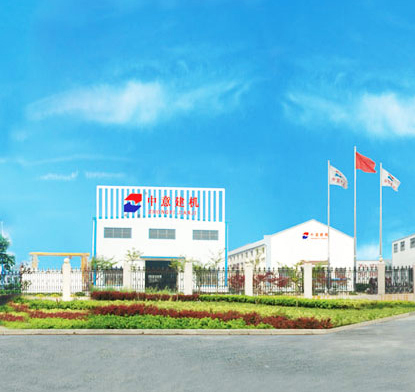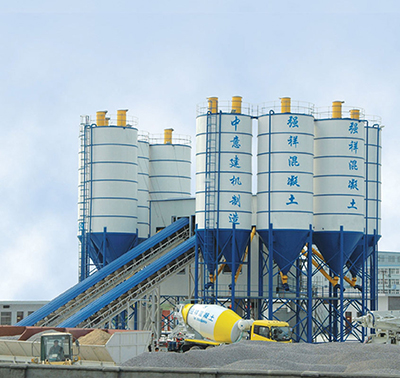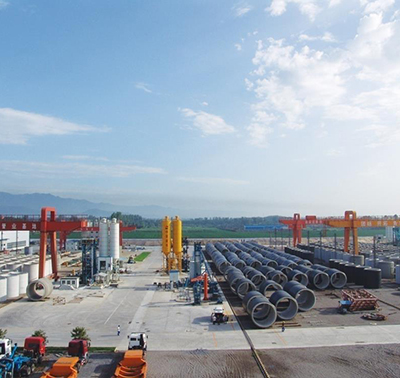What is an underground gallery complex gallery? Do you know?
The comprehensive pipeline gallery, also known as the common ditch, is a municipal public facility which implements unified planning, design, construction and maintenance and is built underground for laying municipal public pipelines. It comes from the professional portal network of the comprehensive pipe gallery.
History of development
The history of the development of the comprehensive corridor:
In developed countries, the common gap has existed for more than a century. While the system is becoming more and more perfect, its scale is also growing. As early as 1833, in order to solve the problem of laying underground pipelines and improve the environmental quality, Paris began to build a common underground pipeline ditch. So far, Paris has built a common ditch network with a total length of about 100 kilometers and a relatively complete system. Since then, European cities such as London in Britain and Hamburg in Germany have built underground common ditches. In 1926, Japan began to construct underground common trench. By 1992, Japan had a common trench of about 310 kilometers in length, and in the process of continuous growth. In 1933, the former Soviet Union built underground common ditches in Moscow, Leningrad and Kiev. Spain built an underground common ditch in Madrid in 1953. Other cities, such as Stockholm, Barcelona, New York, Toronto, Montreal, Lyon and Oslo, have built relatively complete underground common ditch systems.
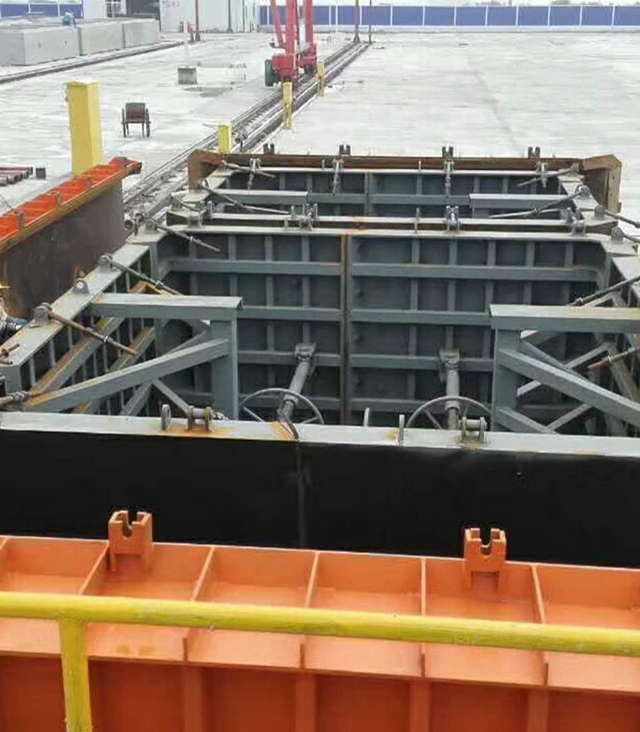
China
At present, only a few cities in China, such as Beijing, Shanghai, Shenzhen, Suzhou and Shenyang, have comprehensive corridors. According to incomplete statistics, the national construction mileage is about 800 kilometers. The reason why comprehensive corridors can not be widely promoted is not the problem of funds or technology, but the conflict of consciousness, law and interests.
The one-time investment in the construction of comprehensive pipeline corridor is often higher than the cost of pipeline laying independently. According to statistics, the average cost of comprehensive pipelines in Japan, Taipei and Shanghai (calculated in Renminbi) is 500,000 yuan/m, 130,000 yuan/m and 100,000 yuan/m respectively, which is much higher than that of common pipelines. However, the cost-benefit ratio of the comprehensive corridor can not only depend on the investment, but also on the underground space of the road, the cost of each excavation, the impact on the road traffic efficiency and the destruction of the environment. Taiwan has taken the 6.5 kilometres of the Xinyi Line as an example to calculate that it only needs NT$500 million more to build a comprehensive pipeline than it does not. However, after 75 years, the benefits will be NT$233.7 billion.
In fact, in 1958, Beijing laid more than 1000 meters of comprehensive corridor under Tian'anmen Square. In 2006, the second modern comprehensive corridor was built in Zhongguancun West District. The main line of the comprehensive pipeline corridor is 2 kilometers long and the branch line is 1 kilometer long. It includes municipal pipelines such as water, electricity, cold, heat, gas, communication and so on. In 1994, the Shanghai Municipal Government planned and constructed the first large-scale and longest-distance comprehensive corridor in the mainland, Zhangyang Road comprehensive corridor in Pudong New Area. The comprehensive pipeline corridor is 11.125 kilometers long and contains four kinds of urban pipelines, including water supply, electricity, information and gas. At present, Shanghai has also completed the demonstration underground comprehensive Corridor project of Songjiang New Town (Phase I) and the comprehensive corridor system of Anting New Town, Jiading District, with a total length of about 6 kilometers. After 10 years of development, the infrastructure construction of Suzhou Industrial Park jointly developed by China and Singapore has begun to take shape in underground pipeline corridors.
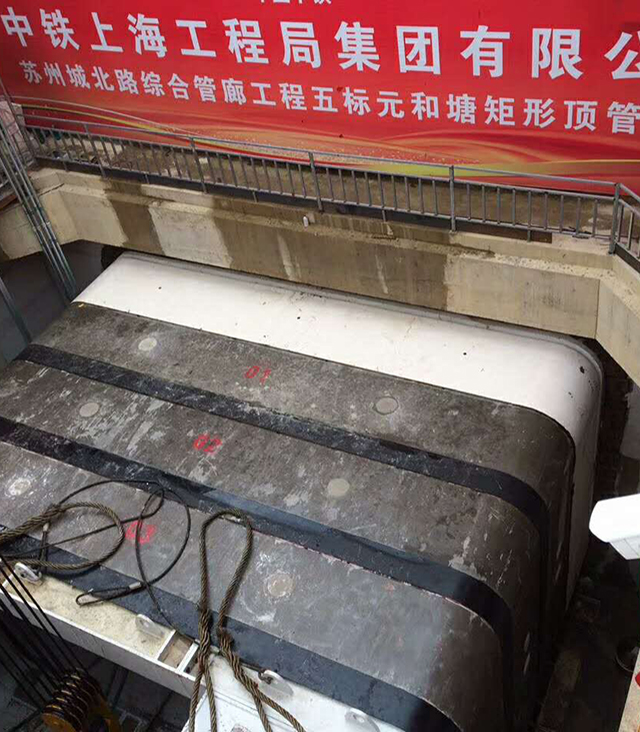
Western European countries have strict laws and regulations on pipeline planning, construction and common pipeline corridor construction. If Germany and Britain excavate roads for pipeline maintenance and renewal, there are strict legal provisions and approval procedures, stipulating that each excavation shall not exceed 25 meters or 30 meters, and shall not disturb the people. In 1963, Japan promulgated the Law on the Implementation of the Common Pipeline Ditch, which solved the key problems in the construction of the Common Pipeline Ditch, such as the allocation and recovery of funds, construction technology and so on. With the development of urban construction, it has been revised and improved many times. However, China's underground pipeline laws and regulations are seriously lagging behind. In addition to the guiding opinions on underground pipelines in the Urban and Rural Planning Law, there is still no national management method for underground pipelines. Local governments began to promulgate relevant laws and regulations in 2005. Regardless of the effect of implementation, the management measures promulgated include planning, surveying and mapping of underground pipelines and management of archives and data. Once the distribution of interests and the specific responsibility are involved, either you compete for it or you play football with each other, they will eventually go their own way. Underground pipe gallery

